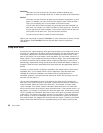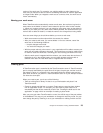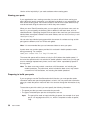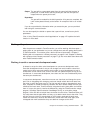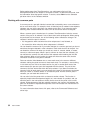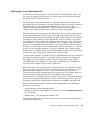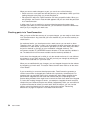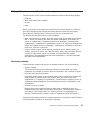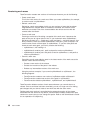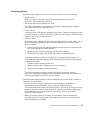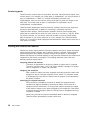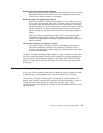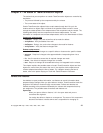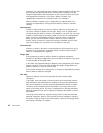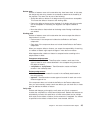Versioning work areas
TeamConnection creates new versions of work areas whenever you do the following:
v Create a work area
This is the initial version of a work area. When you create myWorkArea, for example,
its version name is myWorkArea:1.
v Refresh a work area
Refreshing a work area updates it with any new versions of parts that have been
integrated with the release. When a workarea is refreshed, two versions of the
workarea are created. One of the contents before the refresh and one with the
contents after the refresh.
v Freeze a work area
Freezing a work area is like taking a snapshot of the work area. It preserves the
parts as they are at a given point in time. If you create work area myWorkArea:1,
add three new parts to it — called part1, part2, and part3 — and then freeze it, your
family contains a work area called myWorkArea:2, with part1, part2, and part3. The
version name of each of these parts is myWorkArea:1. If you then alter part2 and
freeze the work area again, your family contains the following:
– myWorkArea:1, with nothing in it
– myWorkArea:2 contains part1, part2, and part3 at version myWorkArea:1
– myWorkArea:3 contains part1 and part3 at version myWorkArea:1, and part2 at
version myWorkArea:2
v Commit a work area
Committing a work area adds the parts in the latest version of the work area to the
release. It also does the following:
– Creates a new version of the release
– Creates new versions of the parts in the release
– Deletes any intermediate versions of the work area
Using the previous example, if you commit myWorkArea:3 to myRelease:1, the
following happens:
– TeamConnection creates a new version of myRelease called myRelease:2.
– TeamConnection creates new versions of the parts in myRelease:2.
– TeamConnection deletes myWorkArea:1, myWorkArea:2, and myWorkArea:3.
TeamConnection deletes versions of work areas whenever you commit them to a
release. Once a work area has been committed, you can no longer use it for making
part changes and you cannot create a new work area with the same name.
Deleting work area versions is controlled by the autopruning option of the release
associated with the work area. By default, TeamConnection always deletes work area
versions on commit, but you can change this option. Refer to the
Administrator’s Guide
for an explanation of autopruning.
36 User’s Guide



